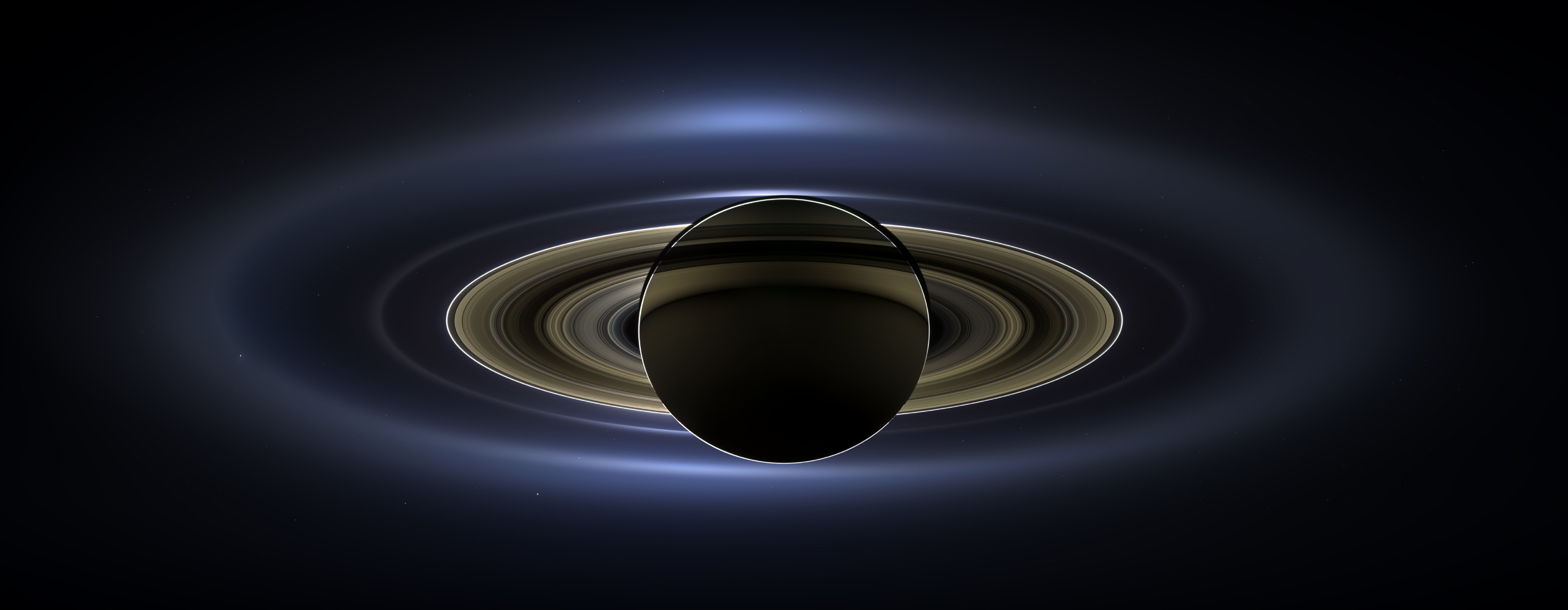The most beautiful images captured by NASA’s Cassini which explored Saturn for 13 years

Cassini spacecraft was launched in 1997 and till date is one of NASA’s biggest success stories. It has explored Saturn and its moons for 13 years.
After nearly 20 years of hurtling through space, NASA destroyed the nuclear-powered robot in the most spectacular fashion possible. This happened because the exploratory satellite was running very low on propellant. Burning that fuel had led to countless discoveries, including a giant hexagon on Saturn’s north pole and a vast ocean of liquid water – and possibly alien life – below the icy crust of the moon Enceladus.
It was destroyed into the depths of Saturn’s atmosphere, collecting unparalleled data about Saturn’s physical and chemical makeup as it rapidly disintegrates bit by bit into dust.

The spacecraft snapped over half a million images of Saturn and its moons. Its most famous is “The Day the Earth Smiled”, a photograph which was taken on July 19, 2013.
Instead of chucking Cassini into the void of space, mission managers in 2010 decided to squeeze every last ounce of the probe’s fuel tanks at Saturn. By sending Cassini toward a fiery death, NASA ensured that there is no possibility — however small it might be —that the spacecraft contaminates other celestial bodies in the solar system or elsewhere, as part of its planetary protection directive.








Comments
- Advertisement -

